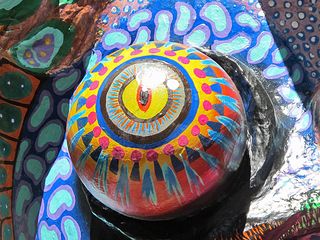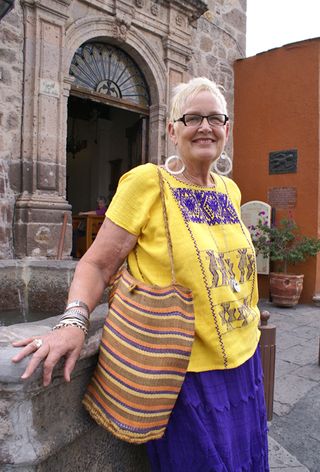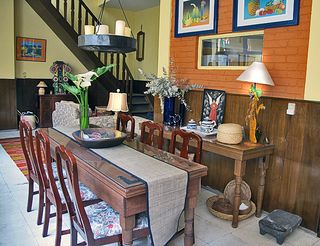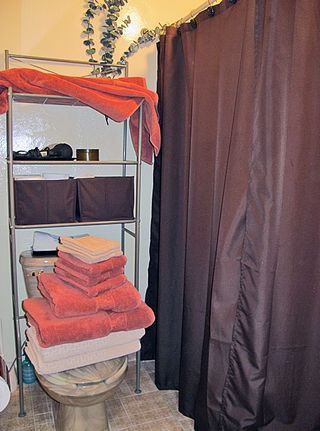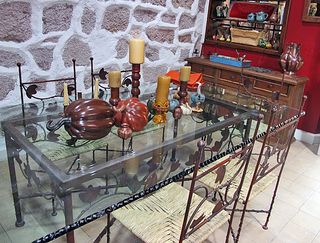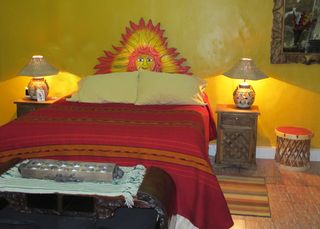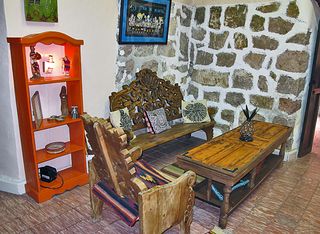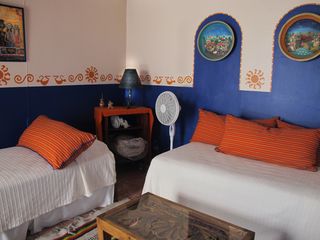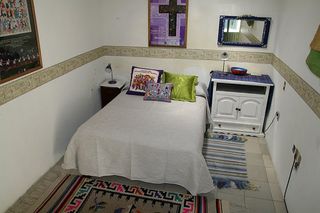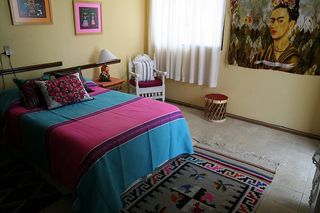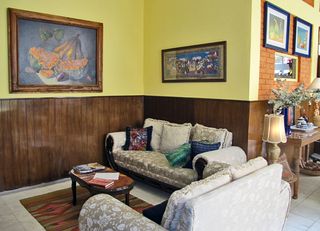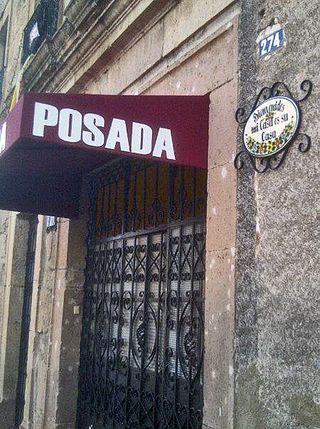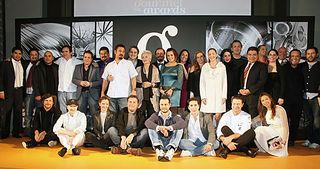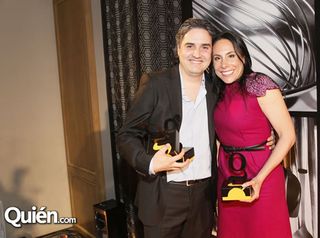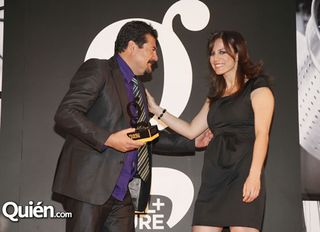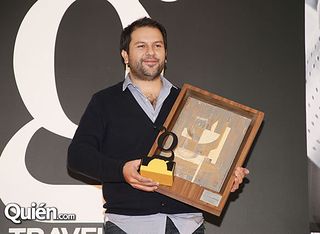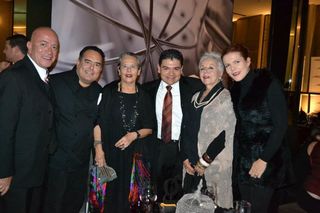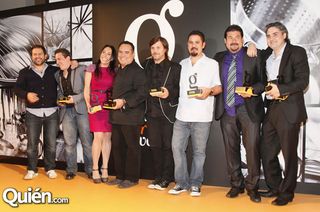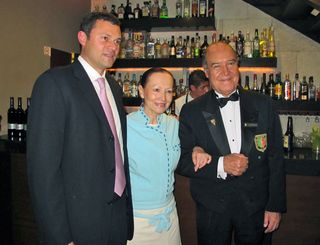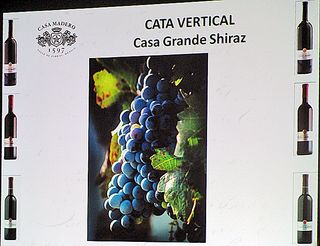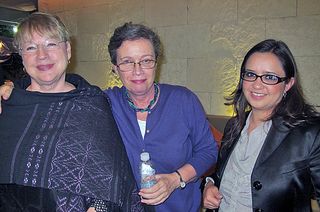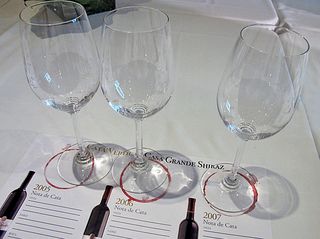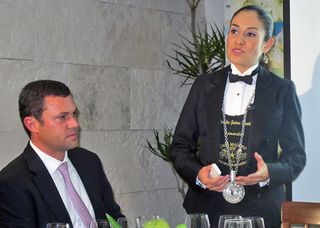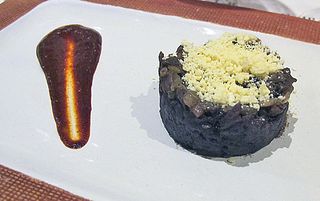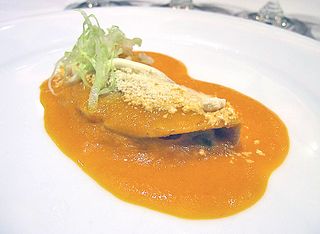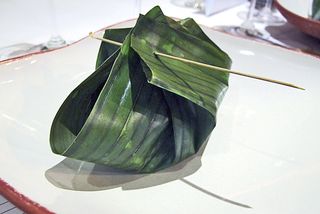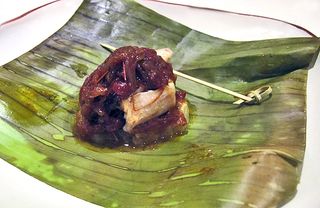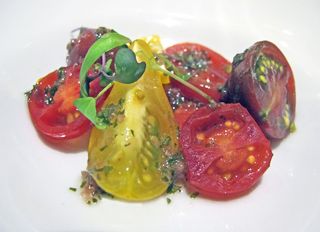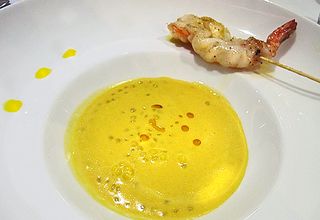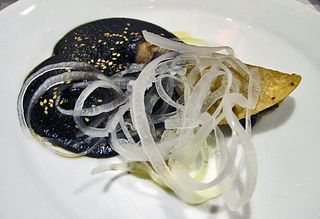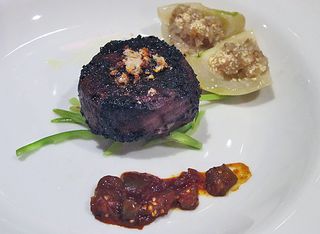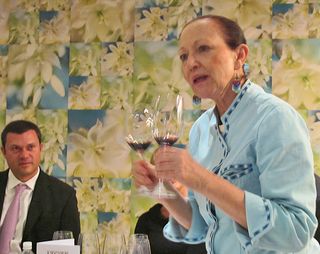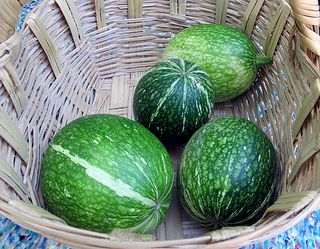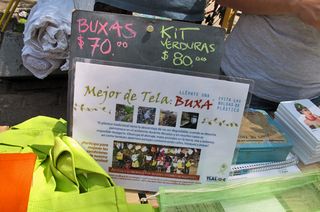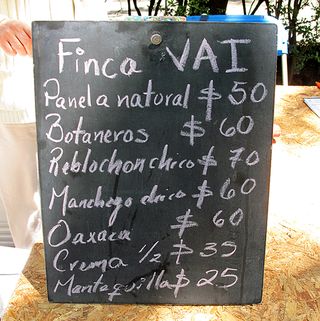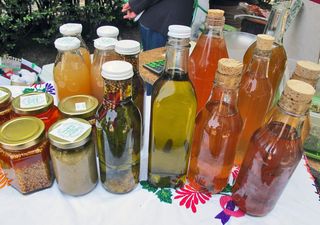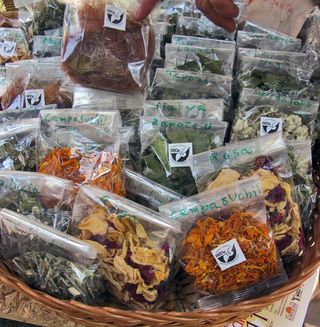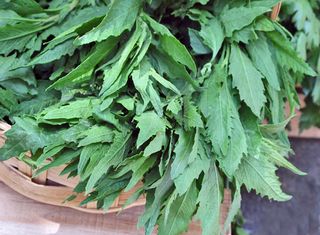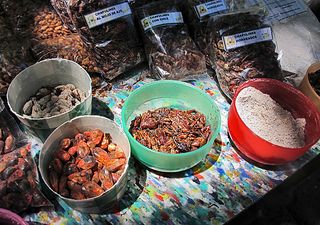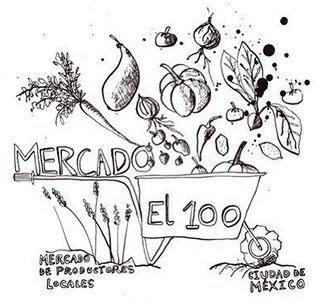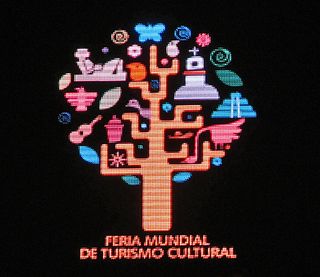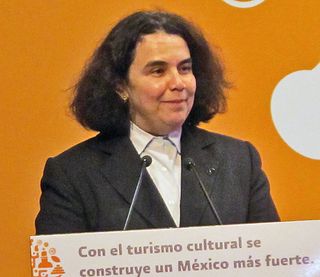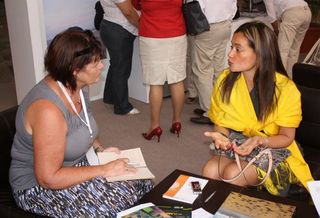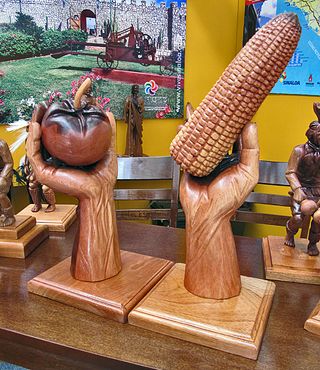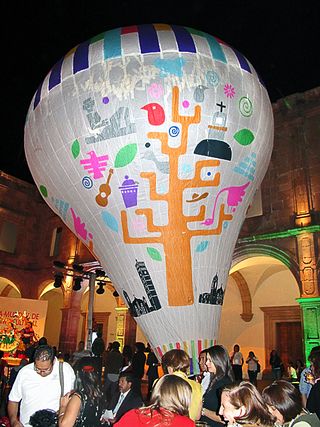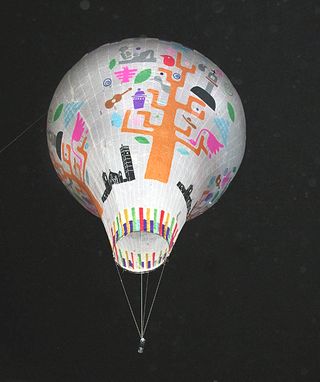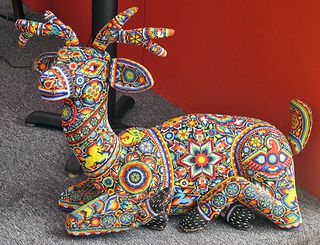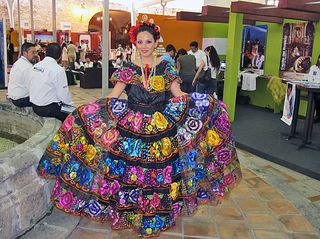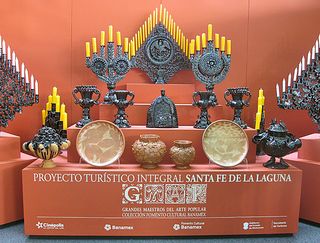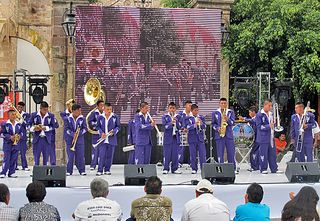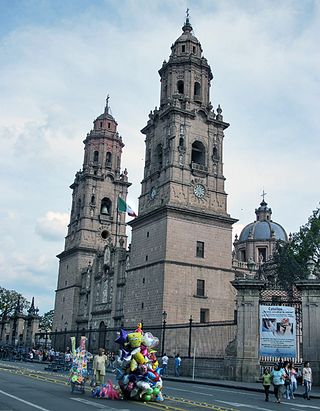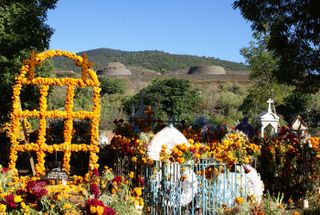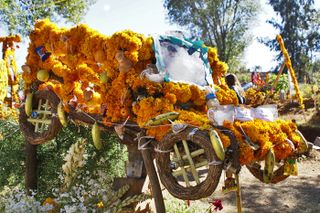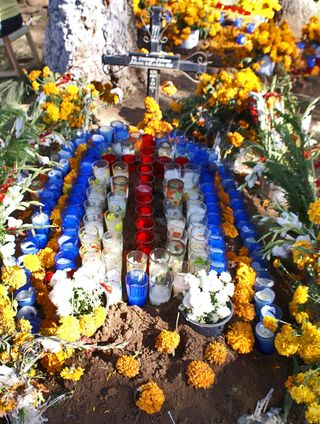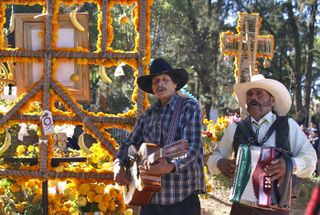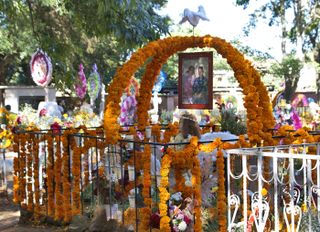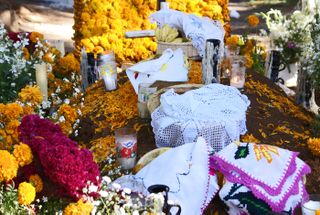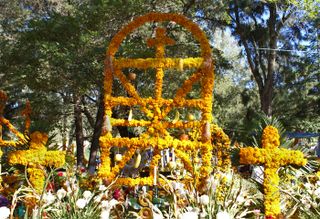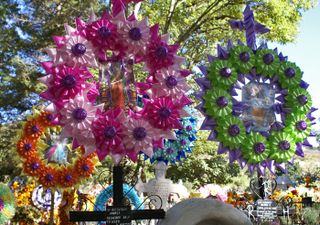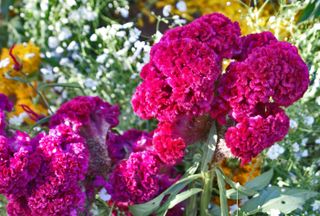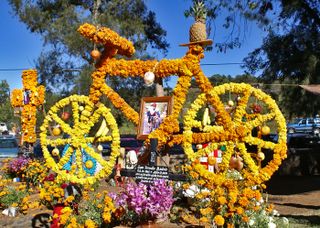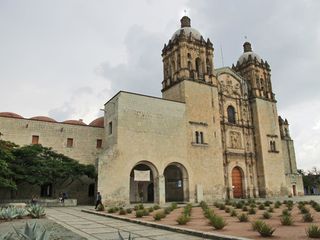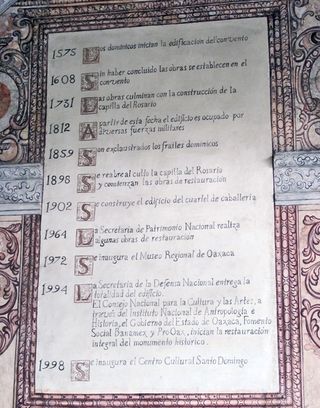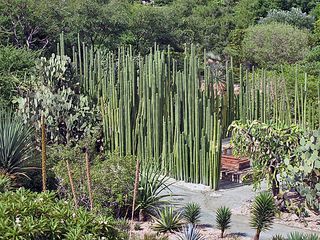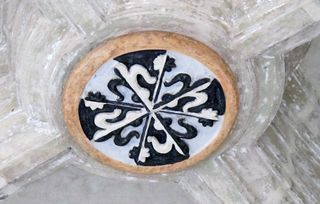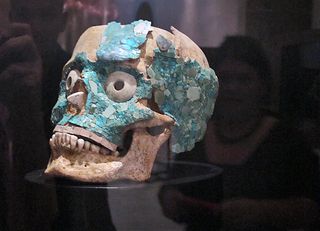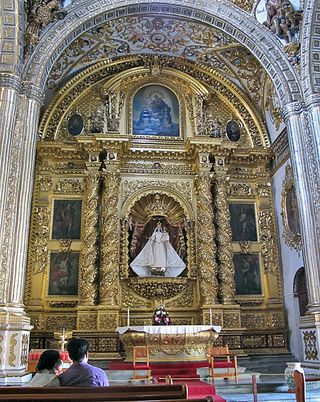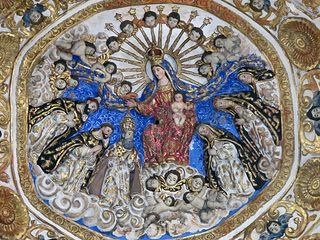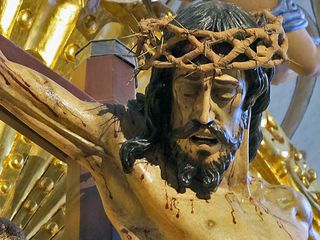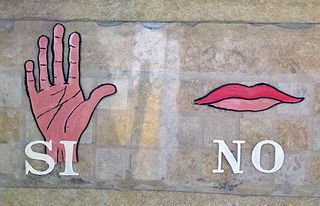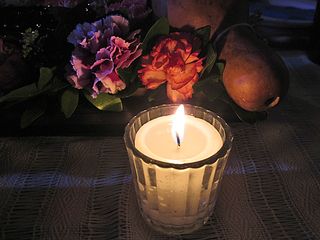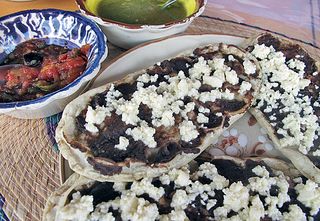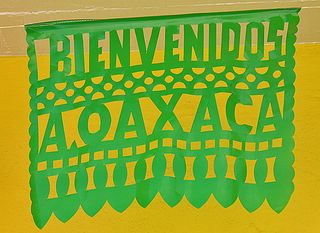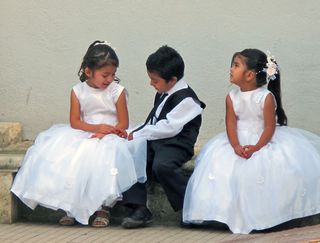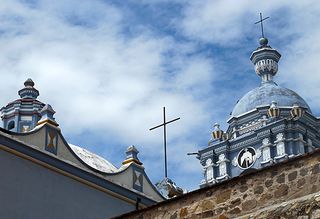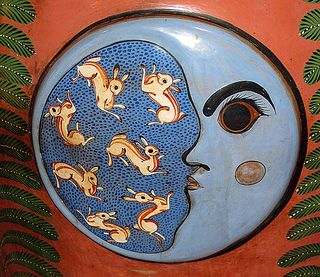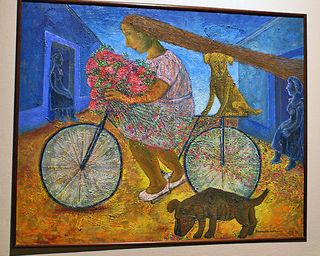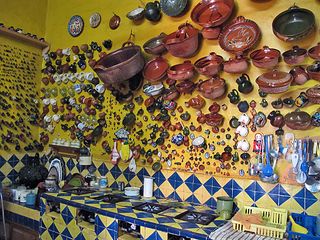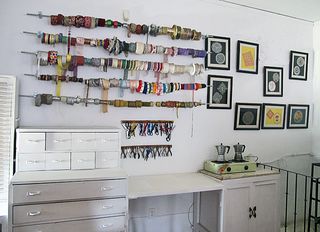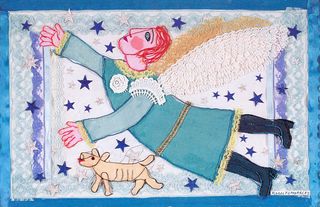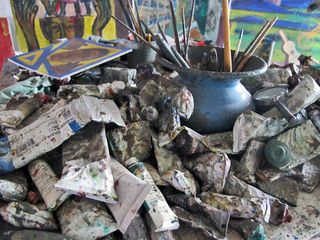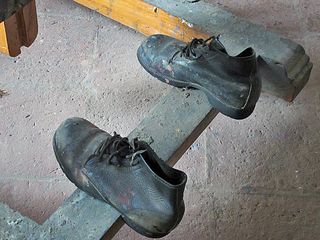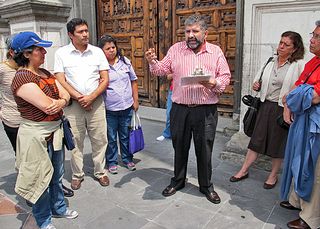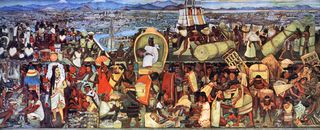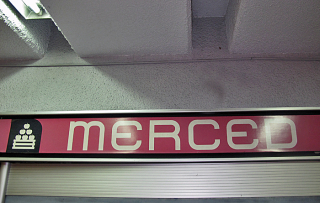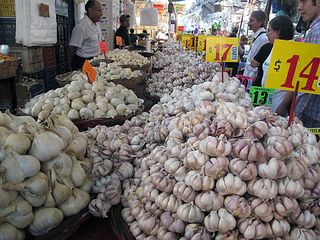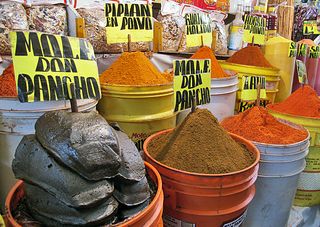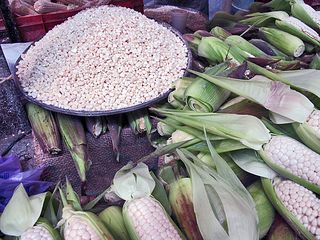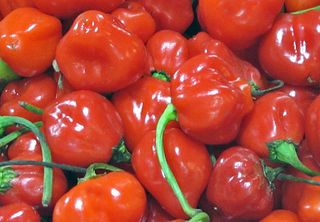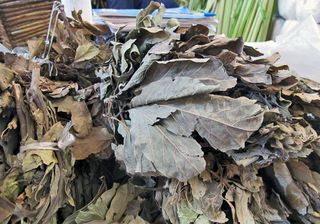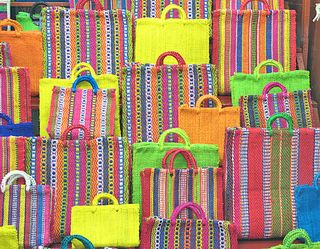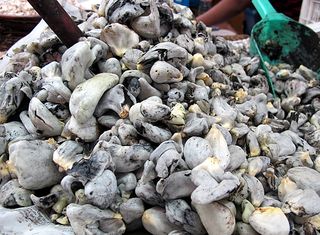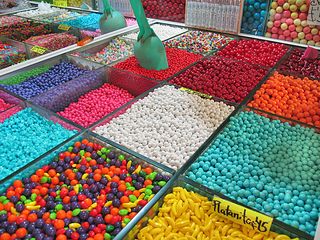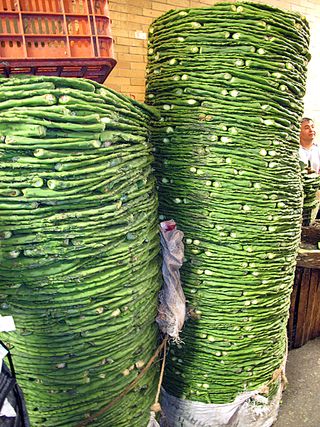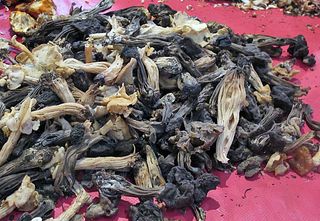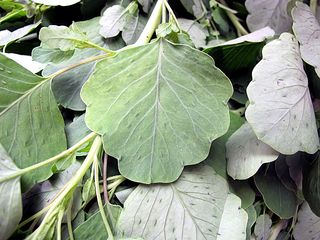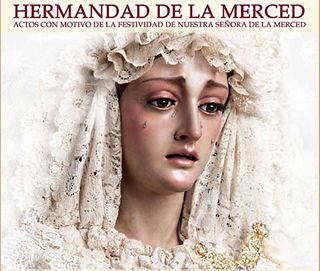
Mexico City's iconic Ángel de la Independencia, nearly 43 meters high (that's 140 feet, for you who are metrically-challenged) is known all over the Distrito Federal simply as 'El Ángel'. Need a place to meet your friends to head for the Zona Rosa? "Nos vemos en el Ángel a las once…" ('see you at the Angel at eleven o'clock…'). For a good idea of the size of just the Ángel, look at the man standing near the right-hand corner of the railing–and consider that the platform is very, very high up on the column!
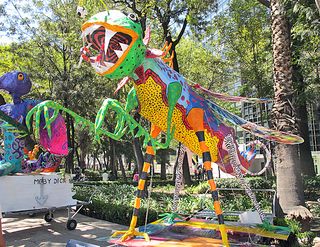
The fifth annual exhibit of alebrijes monumentales (monumentally-sized alebrijes) started just at the Ángel, in October 2011. This one is called Hipnóptera.

Very much in the style of Pedro Linares, this giant and quite happy alebrije exhibited along Paseo de la Reforma is called Pedrito (little Pedro). No fear–in spite of his sharp teeth, he won't bite!
The alebrije, created originally by 20th century Mexico City papel maché (paper maché) artisan Pedro Linares, has become part of Mexico's mythology. If the creatures appear to be the stuff of nightmares, they in fact are just that: in the mid-1930s, sick and hallucinating with a high fever, Linares dreamed that these fantastical creatures surrounded him and heard them calling out their hitherto nonsense-syllable name: alebrijes, alebrijes, alebrijes. When his health improved, he began making the figures in his media, paper maché and cardboard.
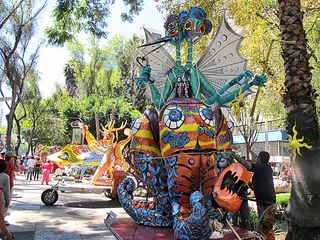
This towering two-headed, four-armed creature with wings is called Pescando Soles. I spoke to the man standing at the right of the photo; he is close to six feet tall. That should give you an idea of the size of this giant.
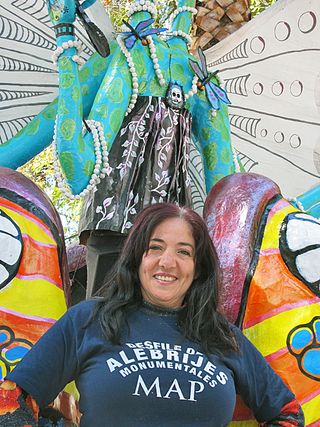
Artist Mireya Carrera Bolaños smiles for the camera in front of her creation called Pescando Soles, which won an honorable mention in the competition.
Even though Sr. Linares originated the genre of alebrijes based on his fevered dreams, and even though his family continues to produce them in Mexico City, the alebrije name has passed into common usage for any fantastical creature made in the Linares style or a style that is similar. In Mexico City and the surrounding area, most alebrijes are made of paper maché and cardboard; this work is called cartonería. However, in the state of Oaxaca (and most famously by the artisan workshop headed by Jacobo and María Ángeles in the town of San Martín Tilcajete), alebrijes are usually carved from copal wood.
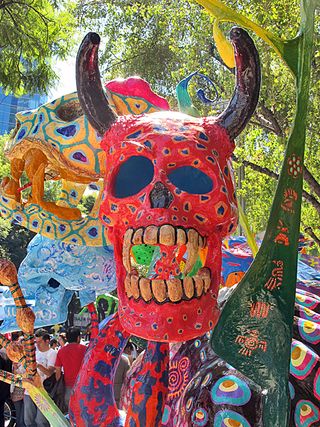
Ponte Almeja, a horned devil figure, sports a green tail covered with pre-Hispanic symbols.
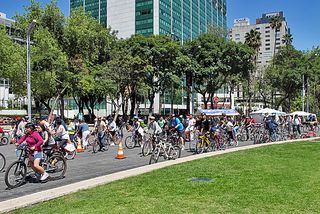
The alebrijes exhibit started on a Sunday, which is always family day on Paseo de la Reforma. Every Sunday the divided wide boulevard is closed to all motorized traffic and is taken over by throngs of bicycles, tricycles, scooters, runners, walkers, children, and stroller-pushing parents. Vendors–of everything from food, toys, lucha libre masks (Mexican-style wrestling), bubble machines, pink and lavender cotton candy, and other non-essentials–line the sidewalks on both sides of Reforma.
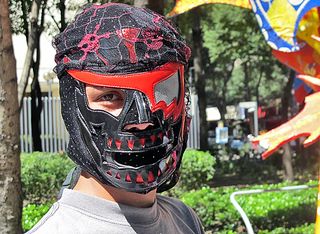
Lucha libre mask vendor. You only wish it were Mexico Cooks! behind that marvelous mask!
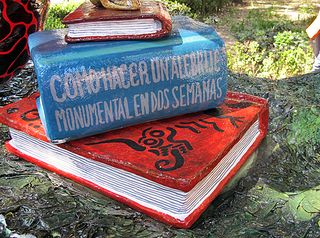
This artist crafted a stack of monumentally-sized paper maché books between the feet of his giant alebrije. The title of the blue book in the middle of the stack is "Como Hacer Un Alebrije Monumental en Dos Semanas" ("How to Make a Monumental Alebrije in Two Weeks").
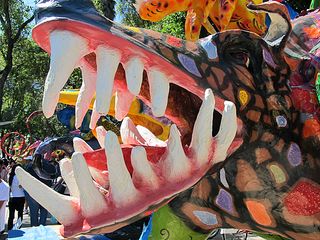
A toothy paper maché smile. This one looks much fiercer than Pedrito!
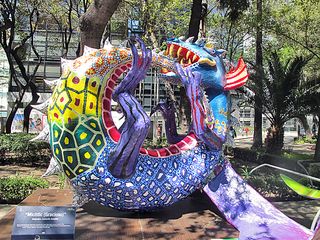
This wildly colorful dragon called Michtic (Gracioso) has its tail in its mouth, ready to go for a spin.
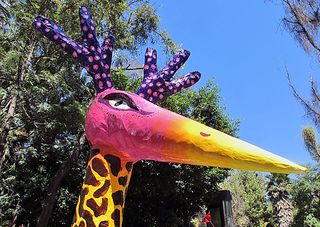
The head of the Ecofloon–part giraffe, part reindeer, part bird-beak, and 100% alebrije.
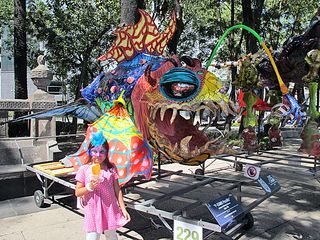
P-ezme Pezcadilla. The invented names of the creatures are as fanciful as their paint jobs.
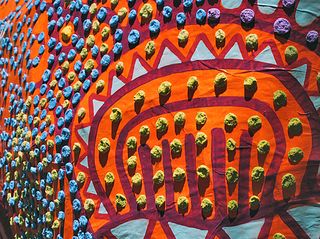
Detail of paper maché bolitas (little balls) and wonderful design.
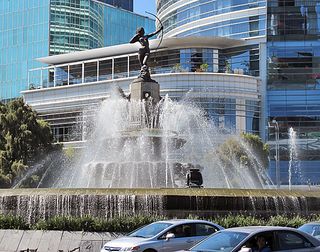
The end of the three-block exhibit of alebrijes: the fountain and glorieta (traffic circle) of Diana la Cazadora (Diana the Huntress). Click to enlarge the photo for a better view of her with her bow and arrow. In the background, the Hotel St. Regis.
After the weekend-long alebrijes exhibition along Paseo de la Reforma, the figures were trundled over to Mexico City's Centro Hístorico for a week in the Zócalo (central plaza), a fittingly monumental site for the 2011 crop of monumental alebrijes. We can hardly wait till the 2012 exhibit–come join us!
Looking for a tailored-to-your-interests specialized tour in Mexico? Click here: Tours.
Disclaimer: Marca País-Imágen de México is a joint public and private sector initiative designed to helppromote Mexico as a global business partner and an unrivaled tourist destination. This program is designed to shine a light on the Mexico that its people experience every day. Disclosure: I am being compensated for my work in creating content for the Mexico Today program. All stories, opinions, and passions for all things Mexico that I write for Mexico Cooks! are completely my own.
